Introduction
Shiitake mushrooms, known scientifically as Lentinus edodes, are renowned for their earthy flavor, nutritional benefits, and culinary versatility. These mushrooms are a staple in many cuisines worldwide, adding depth and richness to dishes from soups and stir-fries to salads and sauces. However, the challenge lies in maintaining their freshness, especially since fresh shiitake mushrooms have a relatively short shelf life. Improper storage can lead to spoilage, characterized by sliminess, discoloration, and off odors. This article delves into various effective methods for preserving fresh shiitake mushrooms, ensuring you can enjoy their full flavor and nutritional value for as long as possible.
Understanding Fresh Shiitake Mushroom Shelf Life
Before discussing preservation techniques, it’s crucial to understand the natural shelf life of fresh shiitake mushrooms. Generally, when purchased from a grocery store or harvested from your garden, fresh shiitake mushrooms can last between 3 to 7 days in the refrigerator. This duration can vary based on factors such as the mushroom’s maturity at harvest, handling during transportation, and storage conditions.
To maximize freshness, it’s essential to store shiitake mushrooms properly from the moment you bring them home. This involves immediate refrigeration in a specific way to prevent moisture loss and the growth of harmful bacteria.
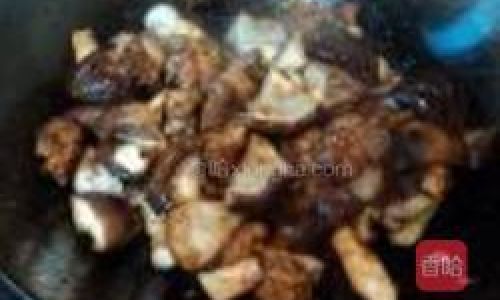
Basic Refrigeration Techniques
-
Proper Packaging:
- Avoid storing shiitake mushrooms in plastic bags that trap moisture, which can lead to spoilage. Instead, use paper bags or perforated plastic containers designed for produce. These allow for some air circulation while keeping the mushrooms relatively humid.
- If you must use a plastic bag, ensure it’s not sealed tightly. Leave a small opening at the top to allow for ventilation.
-
Placement in the Refrigerator:
- Store shiitake mushrooms in the crisper drawer of your refrigerator, where humidity is higher and temperatures are more stable. Avoid placing them directly on the refrigerator shelves, as this can expose them to drying air currents.
- Keep them away from ethylene-producing fruits like apples, bananas, and tomatoes, as ethylene can accelerate spoilage.
-
Handling Before Use:
- When ready to use, gently wipe the mushrooms with a damp paper towel instead of soaking them in water. Soaking can cause them to absorb too much moisture, leading to a soggy texture.
- Remove any discolored or slimy parts before cooking.
Advanced Preservation Methods
While refrigeration is the most straightforward method, there are several advanced techniques that can extend the shelf life of fresh shiitake mushrooms even further. These include drying, freezing, pickling, and canning.
-
Drying Shiitake Mushrooms:
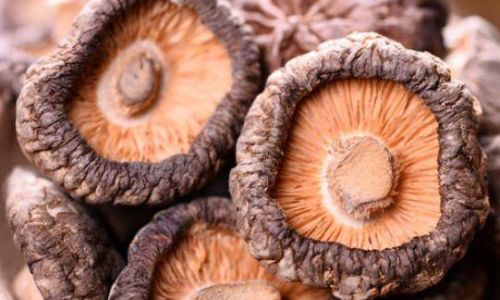
- Drying is a traditional method of preserving mushrooms that浓缩 their flavor and extends their shelf life significantly. Dried shiitake mushrooms can be stored for several months to a year in a cool, dark place.
- To dry them, preheat your oven to its lowest setting (around 150°F or 65°C) or use a food dehydrator. Slice the mushrooms thinly to ensure even drying. Arrange them in a single layer on baking sheets lined with parchment paper.
- Dry them until they are completely brittle and have lost all moisture, which can take several hours depending on the drying method and thickness of the slices.
- Once dry, store them in airtight containers or vacuum-sealed bags in a cool, dark place.
-
Freezing Shiitake Mushrooms:
- Freezing is another effective way to preserve fresh shiitake mushrooms, allowing you to enjoy them year-round. Properly frozen mushrooms can retain their flavor and texture for up to a year.
- To freeze, clean the mushrooms and remove the stems if desired. Pat them dry with paper towels to remove excess moisture. You can freeze them whole, sliced, or chopped, depending on your preference.
- Spread the mushrooms in a single layer on a baking sheet lined with parchment paper and place it in the freezer until the mushrooms are frozen solid. This prevents them from sticking together.
- Once frozen, transfer the mushrooms to airtight freezer bags or containers, removing as much air as possible to prevent freezer burn.
-
Pickling Shiitake Mushrooms:
- Pickling is a preservation technique that involves submerging mushrooms in a vinegar-based brine, which creates an acidic environment that inhibits the growth of harmful bacteria. Pickled shiitake mushrooms can be stored in the refrigerator for several months.
- To pickle, start by making a brine by combining vinegar (such as apple cider vinegar or distilled white vinegar), water, sugar, and salt to taste. Bring this mixture to a boil and let it cool slightly.
- Clean and slice the mushrooms, then pack them tightly into clean jars. Pour the hot brine over the mushrooms, ensuring they are completely submerged. Secure the lids and let the jars cool to room temperature before refrigerating.
- Pickled mushrooms can be enjoyed as a condiment, added to salads, or used in cooking.
-
Canning Shiitake Mushrooms:
- Canning is a more involved preservation method that involves processing mushrooms in a pressure canner to achieve a sterile environment, allowing for long-term storage at room temperature. Canned shiitake mushrooms can be kept for up to a year if stored in a cool, dark place.
- To can, clean and prepare the mushrooms as for freezing. Pack them into clean, hot canning jars, leaving headspace as specified in your canning recipe. Prepare a canning syrup or brine and pour it over the mushrooms.
- Process the jars in a pressure canner according to the manufacturer’s instructions and the recommended processing time for your altitude. Once processed, let the jars cool completely before storing.
- Canned mushrooms can be used in a variety of dishes, from soups and stews to casseroles and side dishes.
Tips for Successful Preservation
- Quality Control: Start with high-quality, fresh shiitake mushrooms. Mushrooms that are already showing signs of spoilage will not preserve well.
- Cleanliness: Ensure all surfaces, utensils, and jars are thoroughly cleaned and sanitized to prevent contamination.
- Labeling: Always label your preserved mushrooms with the date and method of preservation. This helps you keep track of what’s in your pantry or freezer and ensures you use older batches first.
- Experimentation: Different preservation methods will affect the texture and flavor of the mushrooms. Experiment with various techniques to find which one best suits your taste preferences and culinary needs.
Conclusion
Preserving fresh shiitake mushrooms doesn’t have to be a daunting task. By following these effective methods—from basic refrigeration to advanced techniques like drying, freezing, pickling, and canning—you can enjoy the earthy, umami-rich flavor of shiitake mushrooms throughout the year. With proper care and storage, you can transform a seasonal ingredient into a versatile pantry staple, adding depth and complexity to your favorite dishes. Happy preserving!
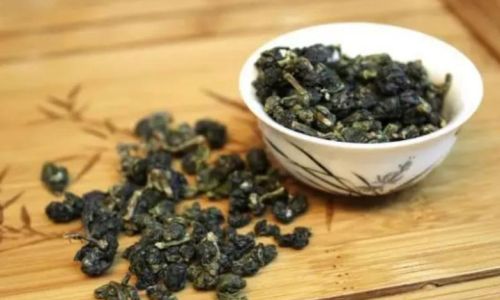
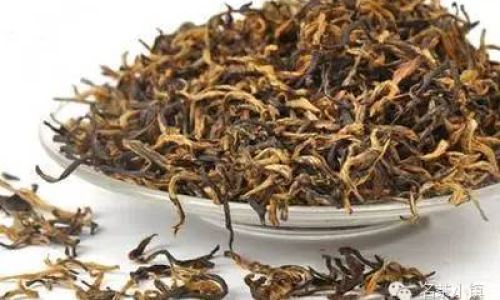


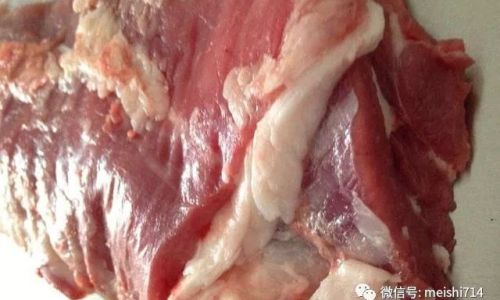
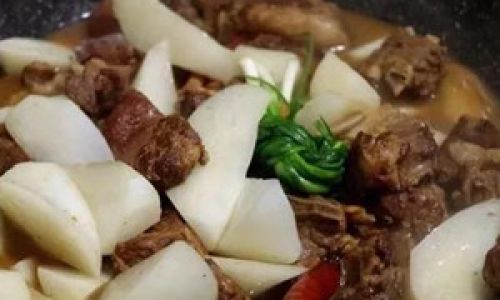
0 comments